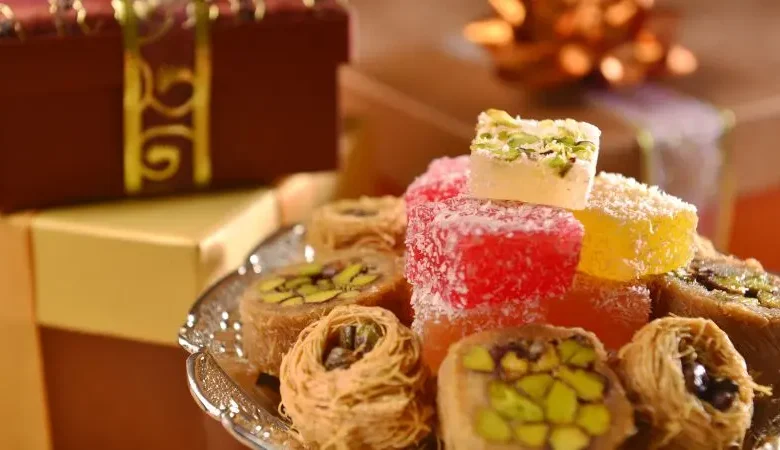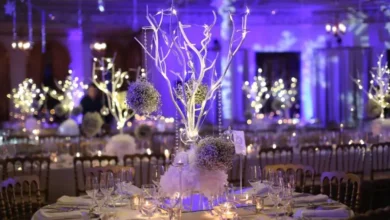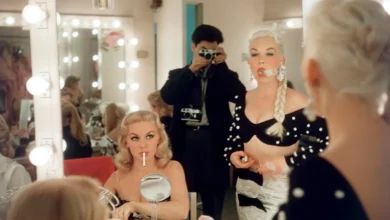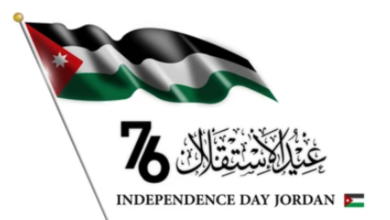Arab traditions during Eid to know about

In Arab countries, Eid Al Fitr and Eid Al Adha stand as very important religious and cultural celebrations, deeply rooted in Islamic traditions. These festivals shows the importance of family, generosity, and communal joy in the community all around.
Both Eids are characterized by heartfelt visits to relatives, acts of charity towards those who are less fortunate, and a general atmosphere of celebration all around. Special meals, new clothing, and joyful gatherings mark these occasions, drawing everyone into a shared experience of festivity. Kids also look forward to playing all the games available during the Eid.
The celebration lasts for at least three days, starting off with morning prayers on the first day. Visits to majlises in some cultures are also common, where hosts offer sweets, dates, coffee, and tea to guests.

In rural and Bedouin communities, the ceremony is more modest, beginning with dates and milk before the morning prayers, followed by a family breakfast.
During Eid, it is very common for one to be seen wearing new clothes for the first time, this especially joyful for children, who often receive Eidiyah, gifts of money, adding to the day’s excitement.
Eid Al Adha, the “festival of the slaughter,” commemorates Prophet Ibrahim’s faith with the communal slaughter of livestock, the meat of which is shared among family, friends, and the needy. Eid Al-Fitr, on the other hand, marks the end of Ramadan’s fasting with house preparations and traditional dances, signaling a time of renewal and joy.
Eid is not just a time of celebration but a vibrant expression of cultural heritage and traditions, bringing together the old and the new in a meaningful fun ways.










